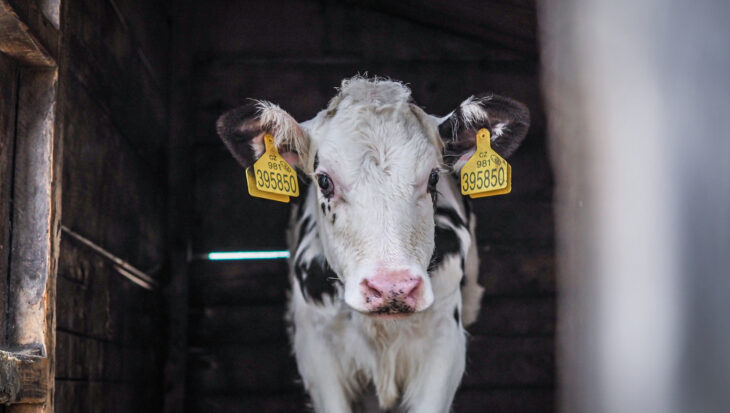
It is common knowledge amongst the training fraternity that a three-week break is the optimum period between a horse’s races, allowing time to recover from their exertions. There are no hard and fast rules on this, because horses vary on how they physically come out of a race. It would be expected, however, that a sensible period of recovery from racing and travelling would be in the interests of the horse’s welfare – especially if a horse is returning to racing after suffering from an injury.
Loopholes in racing’s handicapping system (crudely the weight carried) allow for the exploitation of horses by giving their owners and trainers the opportunity to race their horses more than they would normally do. Too Many Diamonds has fallen victim to this, in what Animal Aid sees as a serious welfare issue.
The six-year-old gelding was bought by owner / trainer Dan Skelton (son of Olympic equestrian Nick Skelton) and almost immediately began an extreme racing schedule. Skelton made the horse race four times in just eight days – between the 14th and 21st May 2017 2. This earned Skelton in excess of £13,000.
What is additionally alarming is that the horse had been passed around by six owners in his short life and had been plagued with injury during his racing career. His former trainer, Clare Ellam, is quoted in the Racing Post3 as saying: ‘After he [Too Many Diamonds] arrived here [from racing in Ireland], it took us a long time to nurture him to health.’ She went on to add: ‘…after his fall I ran him at Wolverhampton on the Flat to get his confidence back and he strained all the ligaments in his left knee…’. He was then off the course due to injury for six months and had only just returned to racing when Skelton acquired him.
Skelton’s extreme racing and travel schedule for Too Many Diamonds 4
Raced on 14 May at Plumpton Racecourse
Distance from Training stables in Alcester, Warwickshire to Plumpton Racecourse and back approx. 300 miles
Estimated travel time 6 hours
Raced on 16 May at Sedgefield Racecourse
Distance from Training stables to Sedgefield Racecourse and back approx. 390 miles Estimated travel time 7 hours 45 minutes
Raced on 20 May at Bangor-on-Dee Racecourse
Distance from Training stables to Bangor-on-Dee Racecourse and back approx. 180 miles Estimated travel time 3 hours 30 minutes
Raced on 21 May Market Rasen Racecourse
Distance from Training stables to Market Rasen Racecourse and back approx. 240 miles Estimated travel time 4 hours 45 minutes
Total Distance Travelled: Approx. 1,110 miles
Total Time Travelling in Horse Box: Approx. 22 hours
Races: 4 – Period 14 May to 21 May 2017
Says Animal Aid’s Horse Racing Consultant, Dene Stansall:
‘Seventy-six horses have already been killed on racecourses this year. Six of these were trained by Dan Skelton – a poor record for him and for racing as a whole. He of all people should have been aware of the welfare demands he had placed upon Too Many Diamonds. Taking additional risk by allowing horses to be raced to their limits is naïve and potentially dangerous. The British Horseracing Authority has a responsibility as the regulator of horse welfare to act in order to prevent trainers and owners from acting similarly. They should now set mandatory race and travel limits to avoid even more exploitation of horses in the pursuit of money. Animal Aid will be monitoring the future racing of Too Many Diamonds.’
1 http://www.horsedeathwatch.com
2 https://www.racingpost.com/profile/horse/835976/too-many-diamonds
3 https://www.racingpost.com/news/news/running-diamonds-in-a-seller-was-a-mistake-former-trainer/286680
4 Based on an approximate journey distance according to AA Route Planner and travelling at an average speed of 50mph but not allowing for stops, congestion or detours which would increase the journey time in the horsebox.
Editor’s Notes:
For more information contact Dene Stansall on 01732 364546


